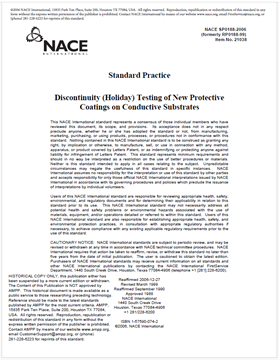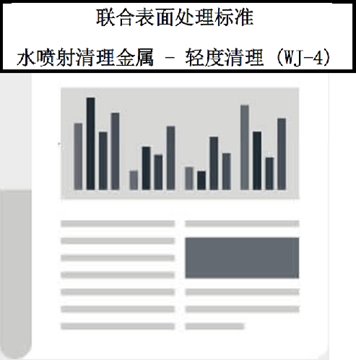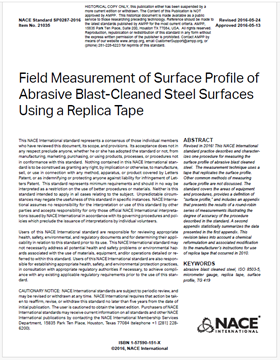Search
RP0274-HD2004-SG High-Voltage Electrical Inspection of Pipeline Coatings
Also Purchased
NACE SP0188-2006 (formerly RP0188), Discontinuity (Holiday) Testing of New Protective Coatings on Conductive Substrates
Product Number:
21038-SG
Publication Date:
2006
$179.00
NACE WJ-4/SSPC-SP WJ-4-2012-SG (Chinese), “Waterjet Cleaning of Metals—Light Cleaning (WJ-4)” Chinese Translation
Product Number:
21194-SG
ISBN:
1-57590-251-6
$179.00
SP0287-2016, “Field Measurement of Surface Profile of Abrasive Blast-Cleaned Steel Surfaces Using a Replica Tape”
Product Number:
21035-SG
Publication Date:
2016
$179.00




